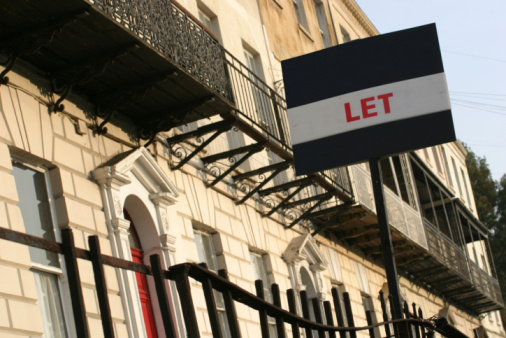House prices rose in May by 0.3 per cent, but are still down by 0.7 per cent on the same time last year, according to Nationwide Building Society. The average price of a property is now £166,022. Commenting on the figures, Robert Gardner, Nationwide’s chief economist, said: “The Nationwide House Price Index has reached an […]
 House prices rose in May by 0.3 per cent, but are still down by 0.7 per cent on the same time last year, according to Nationwide Building Society. The average price of a property is now £166,022.
House prices rose in May by 0.3 per cent, but are still down by 0.7 per cent on the same time last year, according to Nationwide Building Society. The average price of a property is now £166,022.
Commenting on the figures, Robert Gardner, Nationwide’s chief economist, said:
“The Nationwide House Price Index has reached an important milestone; it was first produced in 1952, and has therefore run for the Queen’s entire reign. According to our data the average UK house price has increased from £1,891 to £166,022 during the Queen’s reign, that’s almost an 88 fold increase over the 60 year period, while the cost of goods and services have recorded a more modest 25 fold increase.
“Dramatic increases might be expected over such a long timeframe, but over the last eighteen months, house prices have been fairly stable, despite the challenging economic backdrop.
“May’s data provides some comfort that this pattern is being maintained. Prices were up by a modest 0.3 per cent over the month, and were just 0.7 per cent lower than May last year, even though the UK economy dipped back into recession in Q1, and showed few signs of a significant pickup in economic activity at the start of Q2.
“Demand for homes remains subdued on the back of weak labour market conditions, but the lack of homes coming onto the market is providing support for prices. This is in part a reflection of the low rate of building in recent years which has failed to keep pace with household formation.”
Housing affordability points to underlying supply issues, especially in the South The constrained supply of homes is apparent in a number of metrics. House prices remain high relative to incomes, at more than five times average earnings, well above the long run average of four times earnings.
Affordability appears less stretched when comparing the cost of a mortgage to incomes. Repayments on a typical mortgage are equal to around 31 per cent of take home pay, the lowest level for a decade, but this is because interest rates are near three hundred year lows.
Upward pressure on rents also suggests that demand for housing is outstripping the available supply. As the chart over the page illustrates, rental growth tends to track pay growth fairly closely over time. However, rental growth is now outpacing wage growth by a significant margin.













